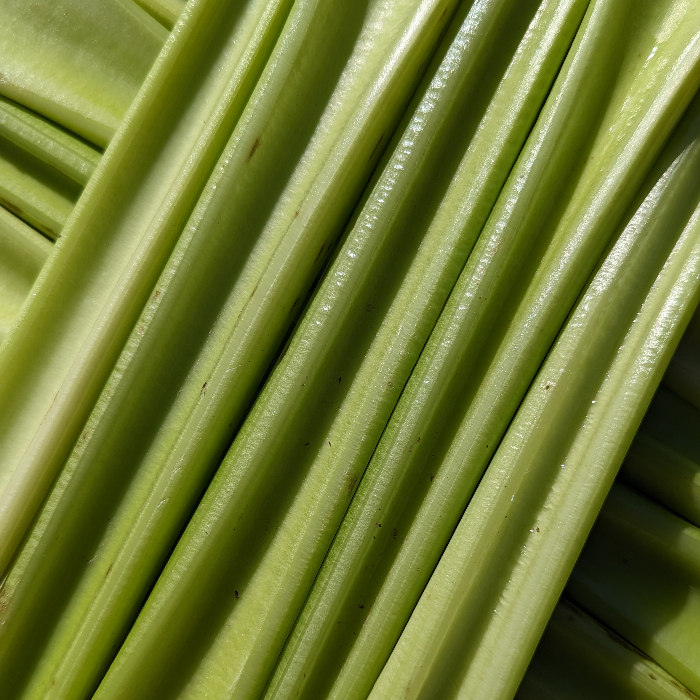UNITED STATES—Annuals are not all that change with the seasons. Vegetables do also. After all, with few exceptions, vegetable plants are also annuals, or perform as such. Most of those that are biennials are edible only during their first year. They bloom and become inedible if they survive for a second year. Most perennial vegetables are easier to replace than recycle.
As with annuals, it seems to be a bit too early to replace cool season vegetables. Some continue to produce and may do so for a while. The weather still seems to be a bit too cool for warm season or summer vegetables. Technically, it actually is too cool for some. However, some must grow from seed. The weather will be warmer by the time they do.
Most cool season vegetables are actually vegetables. In other words, their edible parts are vegetative rather than fruit. Conversely, most warm season vegetables are actually fruit. In other words, they contain seeds. Tomato, chili, eggplant, cucumber, squash, corn, okra and bean are familiar examples. Some but not all continue to produce until autumn.
Fruit contains seed.
For example, zucchini and other summer squash produce until frost. So do pole bean, some cucumbers and indeterminate tomatoes. However, winter squash only grows during summer to ripen all at once for autumn. Okra, eggplant and various chilis should produce throughout summer, but likely will not. Secondary phases can prolong their production.
Determinate tomatoes, bush beans, and corn benefit most from phasing. They produce all their fruit within a brief season and then produce no more. Subsequent phases should start before preceding phases finish. Some can eventually replace lingering cool season vegetables. With good soil, fresh new tomato plants can start below aging tomato plants.
Seed for corn, beans, root vegetables and greens prefers direct sowing into their garden. Seedlings are stressed by transplant, and too many are needed. Cucumber and squash grow as well from seedling as seed, and a few should suffice. Tomato, chili and eggplant prefer to grow from a few seedlings a bit later. Some varieties are available only as seed, though. Such seed should be sown by about now, directly or within cells, outside or in.
Highlight: Celery
It could be either a warm season vegetable or a cool season vegetable. Celery, Apium graveolens variety dulce, dislikes both frost and arid heat. It is a warm season vegetable where summer is mild but winter is not. It is a cool season vegetable where winter is mild but summer is not. Where winter is cold and summer is hot, it prefers spring and autumn.
Celery is a biennial, which grows vegetatively for its first year, and blooms for its second. Because it is ready for harvest in less than half a year, bloom is not a concern. Any that mature enough to bloom are too tough to eat. Celery appreciates organically rich soil. It needs regular watering. Growth is irregular if its soil becomes too dry, even temporarily.
Celery naturally grows as densely vertical foliar rosettes, or bunches. Its distended and elongated petioles are its primary edible parts. Its disproportionately small leaflets are also edible though. Mature celery grows about a foot and a half to two feet tall. It grows well from cell packs if only a few bunches are necessary. It also grows well from seed.
Tony Tomeo can be contacted at tonytomeo.com.






